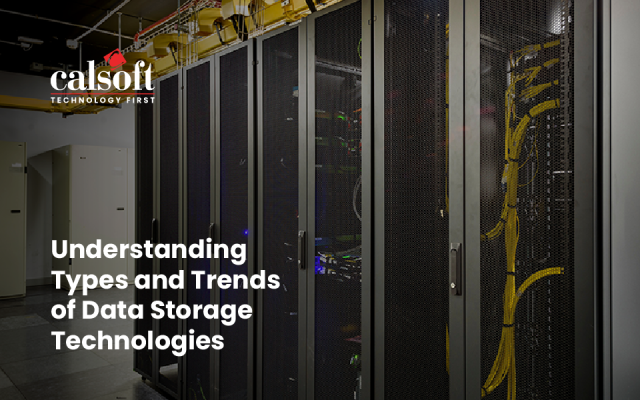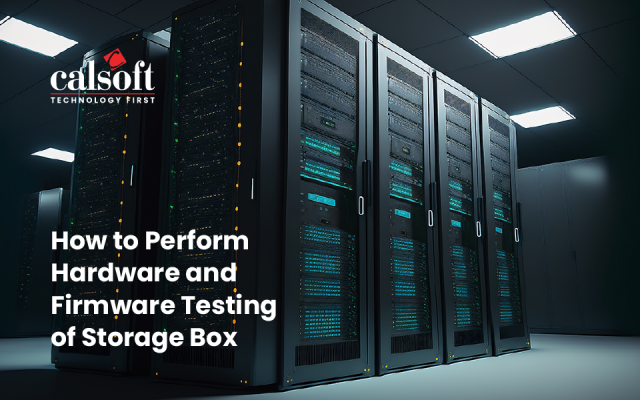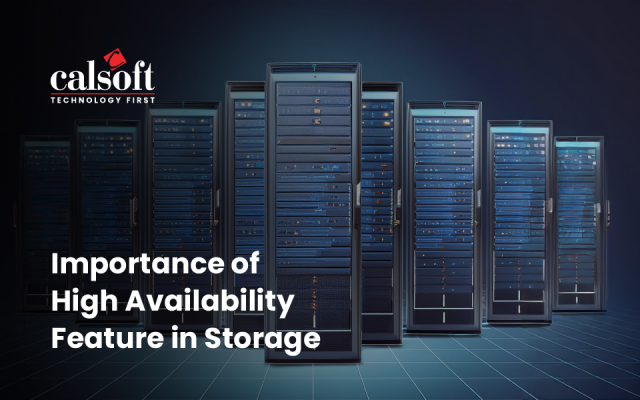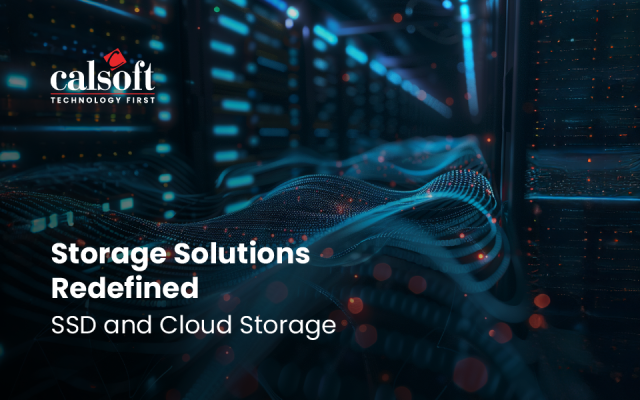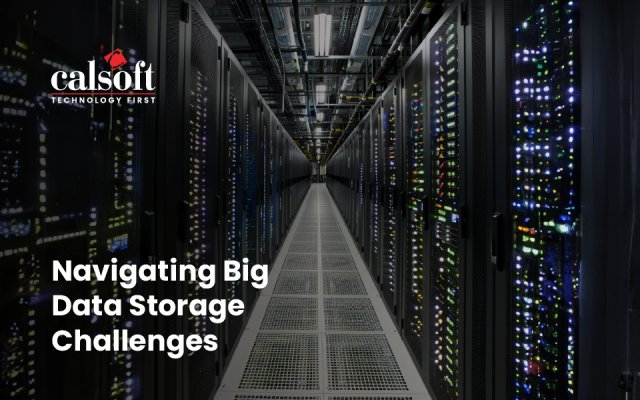Let’s face it. The amount of data that is being generated every second across the globe is at levels beyond the capacity of yesterday’s technology to manage. Traditional storage architectures, no matter how robust, are simply incapable of processing this data at a speed the world now requires. Because data is constantly transferred between storage and compute resources, as data volumes grow, the chances of bottlenecks are extremely high. Moreover, the latency that these architectures introduce can prove to be risky, especially when we talk about life-or-death applications like robotic surgery or driverless vehicles.
To keep up with the data storage needs of today’s data-driven applications, organizations need a mechanism where storage and compute tasks can be addressed at a much faster pace and with greater agility. It would be ideal if storage and compute could be addressed simultaneously.
Computational storage brings processing power to traditional storage architectures
In a world that’s constantly looking to capture, process, and act on data on a near real-time basis, computational storage bridges the gap between data storage and data processing. By bringing the computing power inherent in processors and CPUs to traditional storage architectures, it allows for quicker processing of data, thus paving the way for accelerated analysis and faster impact.
Since it brings computation closer to the storage, it reduces the time taken for data to travel between storage and compute. And because it sends only the required data for processing to CPUs, it minimizes bottlenecks while reducing the load on processing engines and improving their performance and efficiency.
It helps organizations improve processing performance and speed
As organizations get crushed under the weight of managing massive volumes of data being generated from AI, IoT, and other Edge devices, computational storage helps networks tide over latency and performance issues that very few organizations can afford in today’s dynamic business environment.
Through constant, real-time integration between compute resources and storage architectures, computational storage:
- Reduces storage bottlenecks and traffic and minimizes latency issues
- Enables improvements in application performance and infrastructure efficiency
- Supports parallel computation, thus improving the speed at which data is processed
- Alleviates common constraints applicable to traditional compute, memory, storage, and I/O
- Brings down energy consumption levels and delivers significant power savings
And allows them to manage surging volumes of data
That IoT has changed the way the world operates and interacts is known to all; today, almost every person in this world is interacting with one or more IoT devices in day-to-day life: whether it is a smart home appliance, health monitor, factory equipment or cybersecurity scanner. The amount of data generated by these devices every second is not only massive, but also extremely difficult to manage and process.
With advancements in analytics, big data, AI, and Machine Learning, organizations need to embrace innovations like computational storage to overcome common challenges. Here’s how computational storage is changing the storage game:
- It minimizes the distance (and time) between storage and compute: Traditional storage environments required data to travel from the source to the storage system, which introduced high levels of latency. In contrast, computational storage offers speed-of-light latency by moving to compute, memory- and data-intensive processes closer to where data is stored, thus improving processing speed.
- It overcomes application performance issues: Conventional storage systems often face performance issues because of their inability to capture, store, and analyze data in real time. Computational storage systems, on the other hand, can process data the second it is captured, thus delivering outcomes in real time, maximizing the performance of data-intensive workloads.
- It reduces CPU performance bottlenecks: Traditional storage systems are often overloaded with processing requests because they have no mechanism in place to cut through the noise. Computational storage offloads common CPU-intensive processes such as de-duplication, compression, and encryption from CPUs, overcoming the challenge of performance bottlenecks. Since only the required data is processed, CPUs can focus on improving data processing and throughput performance.
As businesses struggle to process and manage the billowing volumes of data, computational storage helps solve many of the edge computing constraints of today. By preprocessing data and sending only the most useful information to the CPUs, it minimizes the distance and time taken for the data to move, while reducing the load on computing resources. Because data gets processed faster and more efficiently, the performance of IoT and other edge devices is automatically improved – thus improving the speed and accuracy with which they operate. Computational storage promises to make a profound impact on a variety of business processes. Among the areas most likely to benefit from the technology is the practice of Big Data and Analytics. Check out how computational storage is pushing the frontiers of Big Data in this blog <Link the other blog here>.
Talk to our storage experts at SNIA SDC India 2020


